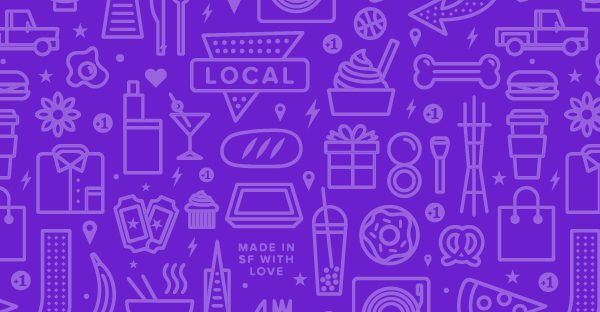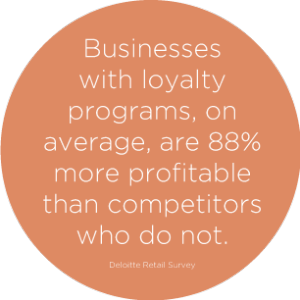As a kid, there was nothing sweeter than finally being able to buy that Red Ryder BB gun, or My-Size Barbie that you had been saving up for all year. Some kids were lucky enough to get allowances every month or week, which made it easier to save up quickly. But for others, they needed to figure out a way to earn money the good old-fashioned way.
So, if you are like me, you launch your first small business on your parent’s front porch. Most kids start with a lemonade stand. Walking along the streets of San Francisco, we found this little entrepreneur in the Mission District.
$1 for a fresh lemonade. And only $0.85 cents for a refill. As you can see, even kids know the value of a repeat customer.
Rewards programs offer something sweet for repeat customers, and in return, small businesses get a boost in profits
Many small business owners, to their detriment, focus only on acquiring new customers and fail to realize the importance of encouraging repeat customers. We’ve mentioned it before: it is 6 to 7 times more expensive to get a new customer than to keep an existing one.
Loyal customers tend to visit more often, tell their friends about you, are less price sensitive, and spend more money in general. How do you make an average customer into a loyal, repeat purchaser?
Let’s use the lemonade stand as an example.
This entrepreneur is selling glasses of lemonade for $1 each. Let’s say that 10 people decided to stop by and grab a glass.
10 customers
x $1 per glass
$10 revenue
Let’s also say that the discounted refill hasn’t been offered yet, therefore, only one customer decides to come back and buy an additional lemonade.
$10 original revenue
+ $1 repeat customer revenue
= $11 total revenue
+ $4 cost of lemonade
= $7 total profit
The lemonade stand did pretty well, but see what happens when there is an incentive for repeat purchases.
A regular purchase of lemonade is still a $1 but you can now get a refill for 15% off, which is just $0.85 cents. The same ten customers visited, but instead of one person buying a second drink, three people buy the extra refill since there is a discount.
x $0.85 per refill
= $2.55 repeat customer revenue
+ $10.00 original revenue
= $12.55 total revenue
– $4.00 cost of lemonade
= $8.55 total profit
This all seems like obvious, simple math, but bear with me. If you are a small business owner, imagine this with your current revenue stream.
Let’s say your average weekly profit is not $7, but instead, an estimated $7000 total. That means by implementing a reward program to encourage repeat purchases, your total weekly profit could be $8,550, which is an increase of $1,550 from your profits without a repeat purchase incentive.
$10,000 average weekly revenue
+ $2,550 repeat customer revenue
= $12,550 total weekly revenue
– $4,000 estimated weekly costs
= $8,550 total weekly profit
Obviously, the estimated weekly cost estimation is pretty low. I didn’t factor in labor, overhead, etc. since it all varies per small business. But even the extra amount of $2,550 a week of revenue from repeat customers is quite a chunk of change. This can happen for your small business as well, just by implementing a well structured loyalty or rewards program for your customers.
Setup your reward program to encourage customers to spend a bit more than normal and visit more frequently
If you want to get a slice of that repeat customer profit pie, you can’t just implement a simple “buy 15, get one free” rewards program. You will need to set up your rewards in a way that uses basic human psychology to really make your customers come back in the door. It needs incentivize them with something that makes them want to choose you over a competitor.







Leave a Comment